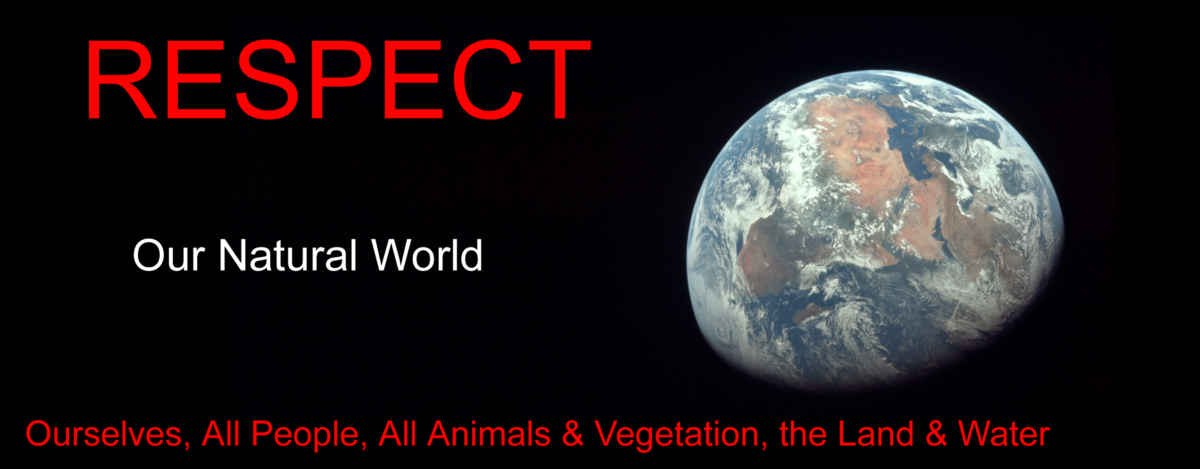Spending at your local farmers’ market adds extra dollars to the local economy
Spending $50 buying local product from local farmers at local markets adds a minimum $150 to your local economy. Spend $50 with a local farmer – the farmers spends it locally (now $100) and they spend it locally (now $150). Spend $50 with a national retailer – $3 stays within the local economy – the local employee spends it locally (now $6) and they spend it locally (now $9). Which supports the locally economy best $150 or $9 – that extra effort to support locally contributes to a strong vibrant local economy. read more
Other reasons to support your local farmers
The fruits and vegetables you buy at the farmers market are the freshest and tastiest available. Fruits are allowed to ripen fully in the field and are brought directly to you—no long-distance shipping, no gassing to simulate the ripening process, no sitting for weeks in storage. This food is as real as it gets—fresh from the farm.
- Know Where Your Food Comes From
A regular trip to a farmer’s market is one of the best ways to connect with where your food comes from. Meeting and talking to farmers and food artisans is a great opportunity to learn more about how and where food is produced. Connectivity is available in the food community – see websites and social media pages that provides transparency of the farmer to know their story. Learn about the people who work hard to bring you the most delicious and nutritious food around
- Learn Cooking Tips, Recipes, and Meal Ideas
Few grocery store cashiers or produce stockers will give you tips on how to cook the ingredients you buy, but farmers, ranchers, and artisans at the farmers market are often passionate cooks with plenty of free advice about how to cook the foods they are selling. Many have recipes on line to access the best cooking advice from the producer.
The food you buy at the farmers market is seasonal. It is fresh and delicious and reflects the truest flavours. Shopping and cooking from the farmers market help you to reconnect with the cycles of nature in your region. As you look forward to asparagus in spring, savour sweet corn in summer, or bake pumpkins in autumn, you reconnect with the earth, the weather, and the turning of the year.
Family farmers need your support, now that large agribusiness dominates food production. Small family farms often have a determination to manage their raw materials with sustainable and renewable practices to ensure they are available for future generations. Buying directly from farmers gives them a better return for their produce, encourages them and others to undertake sustainable food practices and gives them a fighting chance in today’s globalized economy.
Food travels an average of 1,000 miles to get to your plate. All this shipping uses large amounts of natural resources (especially fossil fuels), contributes to pollution, and creates rubbish with extra packaging. Conventional agriculture also uses many more resources than sustainable agriculture and pollutes water, land, and air with agricultural by-products. Food at the farmers market is transported shorter distances and is generally grown using methods that respect the land and water minimizing the impact on the earth.
Much food found in grocery stores is highly processed and grown using pesticides, hormones, antibiotics, and genetic modification. Some of it has been irradiated, waxed, or gassed in transit. These practices may have negative effects on human health. In contrast, most food found at the farmers market is minimally processed, and many of our farmers go to great lengths to grow the most nutritious produce possible by using sustainable techniques, picking produce right before the market.
- Discover the Spice of Life: Variety
At the farmers market you find an amazing array of produce that you don’t see in your average supermarket: lemongrass, purple cauliflower, truffles, marinated varieties of meats, green garlic, watermelon radishes, quail eggs and much, much more. It is a wonderful opportunity to savour the biodiversity of our planet.
- Promote Humane Treatment of Animals
At the farmers market, you can find meats, cheeses, and eggs from animals that have been raised without hormones or antibiotics, who have grazed on green grass and eaten natural diets, and who have been spared the cramped and unnatural living conditions of feedlots and cages that are typical of animal agriculture.
- Connect with Your Community
Wouldn’t you rather stroll amidst outdoor stalls of fresh produce on a sunny day than roll your cart around a grocery store with artificial lights and piped in music? Coming to the farmers market makes shopping a pleasure rather than a chore. The farmers market is a community hub—a place to meet up with your friends, bring your children, or just get a taste of small-town life in the midst of our wonderful big city.


